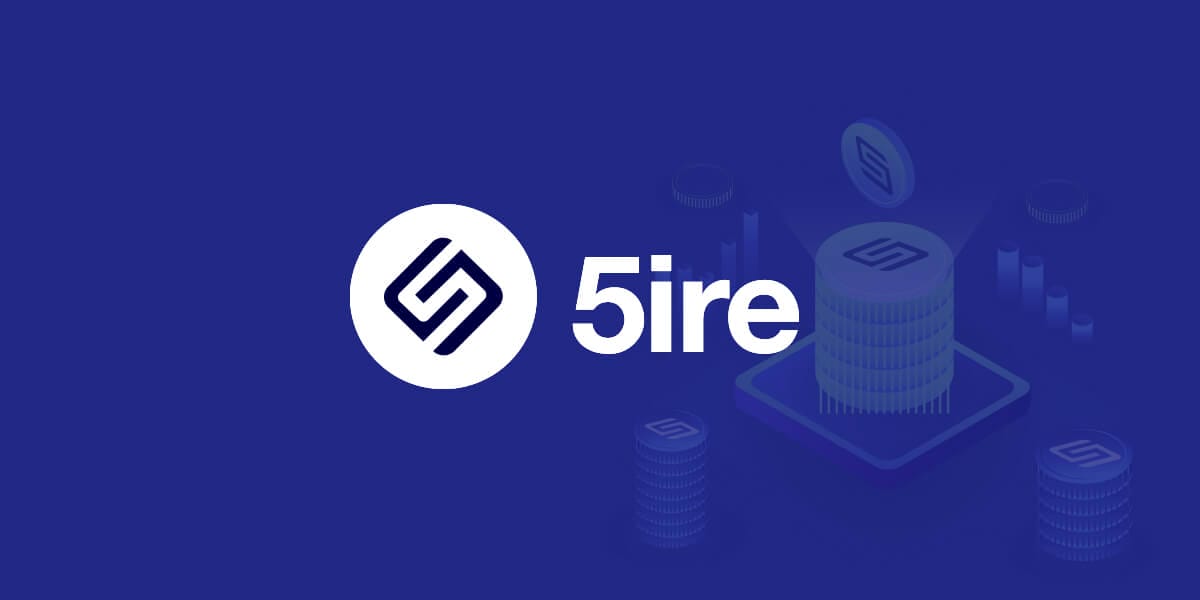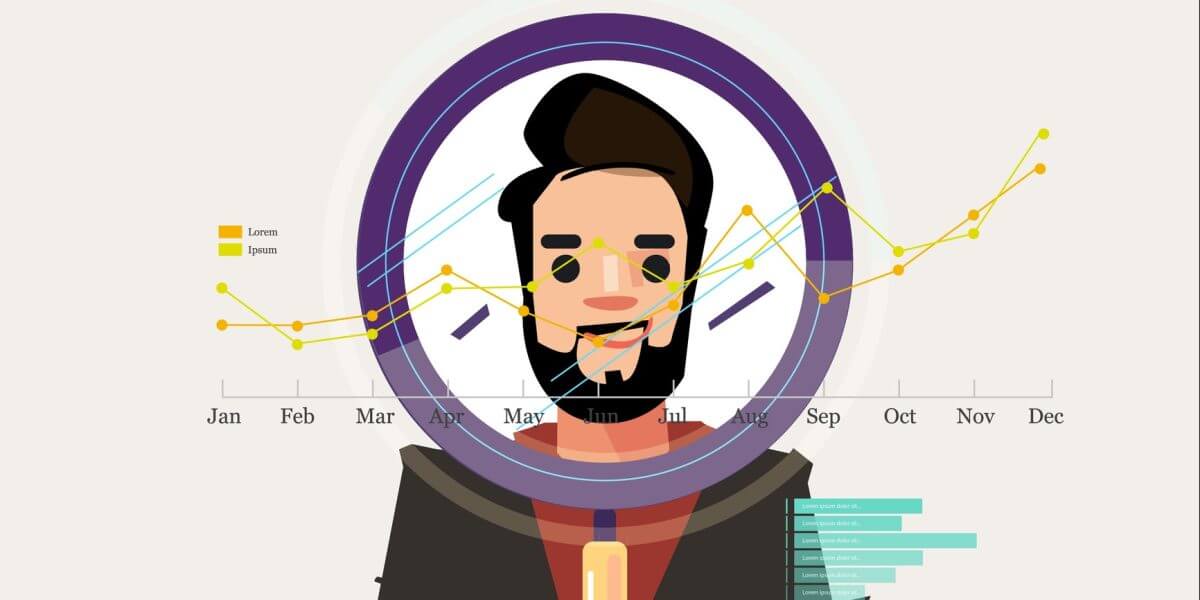5th generation blockchain – all what you need to know
The future of blockchain is here! Dive into the world of 5th generation blockchain technology and discover innovations that address scalability, security, and interoperability.
Contents
What is 5th generation blockchain in simple words?

What is 5th generation blockchain in simple words?
In simple terms, 5th generation blockchain refers to the latest and most advanced stage of blockchain technology development. Here’s a brief explanation of what 5th generation blockchain is:
1. Scalability: 5th generation blockchains are designed to handle much higher transaction throughput and processing speeds compared to previous generations. This is achieved through improved consensus mechanisms, sharding, and other scalability-focused innovations.
2. Interoperability: 5th generation blockchains focus on enabling seamless communication and data exchange between different blockchain networks and legacy systems. This allows for the creation of interconnected, multi-chain ecosystems.
3. Sustainability: 5th generation blockchains aim to be more energy-efficient and environmentally friendly, moving away from energy-intensive consensus mechanisms like Proof-of-Work (PoW) towards more sustainable approaches like Proof-of-Stake (PoS).
4. Usability: The user experience and accessibility of 5th generation blockchains are greatly improved, with more intuitive interfaces, simplified onboarding, and better integration with existing applications and platforms.
5. Decentralized Governance: 5th generation blockchains often incorporate decentralized governance models, where the network’s development and decision-making are controlled by the community of users and stakeholders, rather than a centralized authority.
6. Advanced Features: 5th generation blockchains may include advanced features like self-executing smart contracts, decentralized finance (DeFi) applications, non-fungible tokens (NFTs), and more, all built on top of a highly scalable and interoperable blockchain infrastructure.
This all is advantages of 5th generation blockchain and explanation – how does 5th generation blockchain work. We in “sierratech” would like to share one of our main directions – white label nft marketplace software, many users become our clients in this niche.
What real world applications of 5th generation blockchain?

real world applications of 5th
While 5th generation blockchain technology is still under development, experts envision a future where it tackles some of the limitations of current blockchain iterations. Here are some potential real-world applications of 5th generation blockchain:
-
Enhanced Scalability and Security: 5th gen blockchain aims to overcome the scalability and security challenges faced by earlier versions. This could pave the way for mass adoption in industries like:
- Supply Chain Management: Real-time tracking of goods throughout the supply chain, ensuring authenticity and transparency.
- Identity Management: Secure and tamper-proof digital identities for individuals and businesses, streamlining processes and reducing fraud.
- Voting Systems: Secure and verifiable voting platforms, increasing trust and participation in elections.
-
Interoperability and Integration: 5th gen blockchain could enable seamless communication and data exchange between different blockchain networks. This could revolutionize sectors like:
- Decentralized Finance (DeFi): Seamless interaction between different DeFi protocols, creating a more robust and efficient financial ecosystem.
- Internet of Things (IoT): Secure and efficient communication between connected devices, enabling new applications in areas like smart cities and autonomous vehicles.
-
Improved User Experience: 5th gen blockchain could offer faster transaction processing times and lower fees, leading to a more user-friendly experience for individuals and businesses. This could foster wider adoption in areas like:
- Healthcare: Secure storage and sharing of medical records, improving patient care and data privacy.
- Ticketing and Licensing: Secure and verifiable digital tickets and licenses, reducing counterfeiting and fraud.
It’s important to remember that 5th generation blockchain is still in its early stages. While these applications hold promise, their real-world implementation hinges on continued development and testing.
Thought-provoking discussion questions about 5th generation blockchain
As 5th generation blockchains aim for greater interoperability and cross-chain communication, what governance models and standards need to be established to ensure secure and transparent interactions between different blockchain ecosystems?
A:
Establishing governance models and standards for interoperability among 5th generation blockchains is crucial for ensuring secure and transparent interactions between different blockchain ecosystems. Here are some key considerations:
- Interoperability Standards: Developing standardized protocols and interfaces that allow different blockchains to communicate and exchange information seamlessly is essential. These standards should cover areas such as data formatting, transaction validation, and smart contract execution.
- Governance Frameworks: Establishing governance frameworks that enable decision-making and coordination among stakeholders from different blockchain ecosystems is necessary. This could involve creating consortiums, decentralized autonomous organizations (DAOs), or other governance structures that facilitate collaboration and consensus-building.
- Security Mechanisms: Implementing robust security mechanisms to protect against potential threats and vulnerabilities that may arise from cross-chain interactions is vital. This includes measures such as cryptographic techniques, multi-signature schemes, and auditing protocols to ensure the integrity and confidentiality of data.
- Scalability Solutions: Addressing scalability challenges to accommodate the increased transaction volume resulting from cross-chain interactions is essential. This may involve implementing layer 2 scaling solutions, sharding techniques, or other scalability solutions to enhance the performance of blockchain networks.
- Regulatory Compliance: Ensuring compliance with regulatory requirements across different jurisdictions is critical for fostering trust and legitimacy in cross-chain interactions. This may involve developing compliance frameworks, KYC/AML procedures, and other regulatory measures to mitigate legal risks and ensure adherence to applicable laws and regulations.
- Community Engagement: Engaging the broader blockchain community in the development and implementation of interoperability standards and governance frameworks is essential for fostering inclusivity and consensus. This could involve hosting workshops, conferences, and open-source collaboration initiatives to gather input and feedback from stakeholders.
- Transparency and Auditability: Maintaining transparency and auditability in cross-chain interactions is essential for ensuring accountability and trust among participants. This may involve implementing transparent governance mechanisms, open-access protocols, and audit trails to enable stakeholders to verify the integrity and authenticity of transactions.
How might the integration of advanced cryptographic techniques, such as zero-knowledge proofs and homomorphic encryption, in 5th generation blockchains impact privacy, data integrity, and the potential for privacy-preserving computation on the blockchain?
A:
The integration of advanced cryptographic techniques like zero-knowledge proofs (ZKPs) and homomorphic encryption in 5th generation blockchains can have profound implications for privacy, data integrity, and the potential for privacy-preserving computation. Here’s how:
- Privacy: Zero-knowledge proofs enable participants to prove the validity of a statement without revealing any underlying information. By incorporating ZKPs into 5th generation blockchains, users can perform transactions, execute smart contracts, and interact with the blockchain while preserving the privacy of sensitive data. This enhances user privacy by allowing transactions to be conducted anonymously or pseudonymously, protecting sensitive information from unauthorized access or surveillance.
- Data Integrity: Zero-knowledge proofs can also enhance data integrity by enabling participants to verify the correctness of data or computations without needing to access the underlying data itself. This ensures that data stored on the blockchain remains tamper-proof and trustworthy, even in the presence of malicious actors or compromised nodes. By leveraging ZKPs for data integrity checks, 5th generation blockchains can provide stronger guarantees of data authenticity and reliability.
- Privacy-Preserving Computation: Homomorphic encryption enables computations to be performed on encrypted data without decrypting it first. By integrating homomorphic encryption into 5th generation blockchains, users can perform complex computations on encrypted data stored on the blockchain while preserving privacy. This enables privacy-preserving computation on the blockchain, allowing sensitive operations to be performed without exposing raw data to third parties or compromising confidentiality.
- Regulatory Compliance: The integration of advanced cryptographic techniques like ZKPs and homomorphic encryption can also facilitate regulatory compliance by enabling sensitive data to be handled in a privacy-preserving manner. This can help organizations adhere to data protection regulations such as GDPR, HIPAA, and CCPA by minimizing the exposure of personal or confidential information while still allowing for secure and auditable transactions on the blockchain.



ari ortiz
2 May, 2024 9:01 amI’m excited to see how 5th generation blockchain technology will revolutionize the way we interact with data and transactions. Looking forward to seeing the potential applications it will bring!
Alexys Jones
2 May, 2024 9:01 amI’m excited to see the advancements in blockchain technology with the 5th generation. Can’t wait to see how it will revolutionize industries even further.